
- HOME
- ABOUT US
- PRODUCTS
- SERVICE
- APPLICATIONS
- NEWS
- ABOUT US 2
- PRODUCTS1


SERVICE

当前位置:
Single crystal blade repair
发布时间: 2019-09-27 10:16
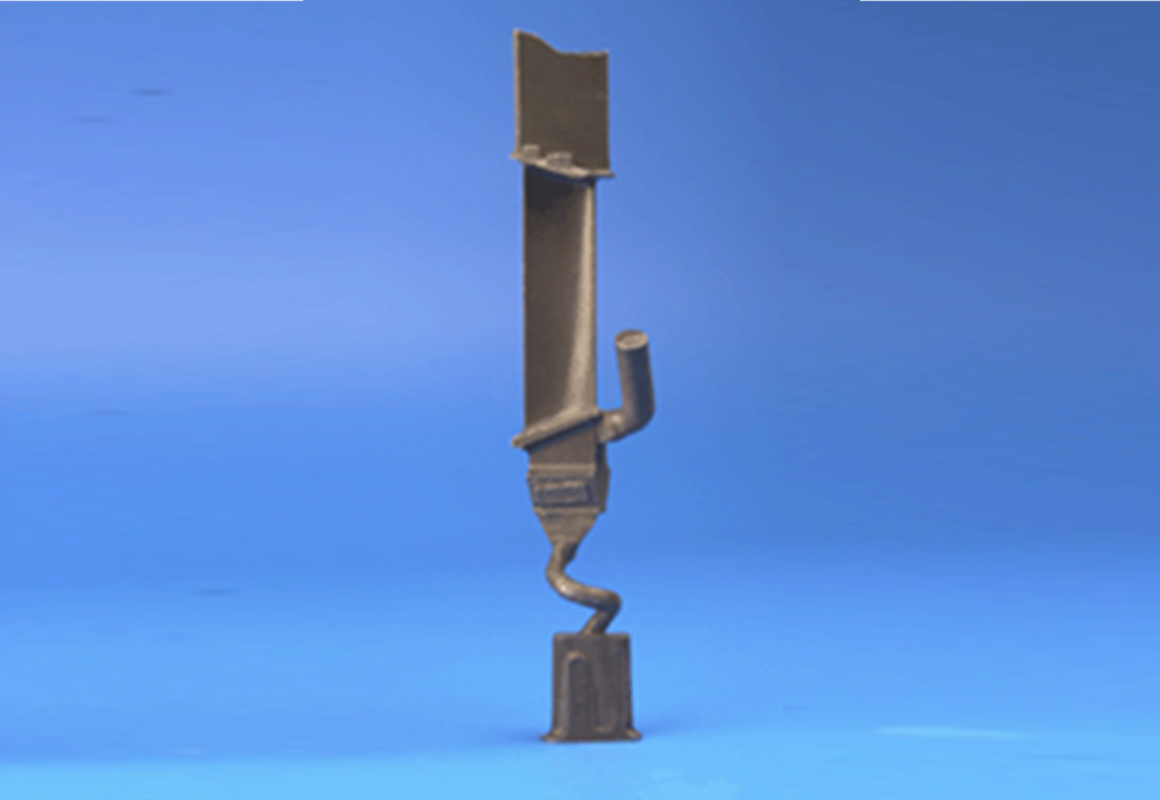



With the further improvement of engine efficiency, the operating temperature of engine hot-end components has further increased, and the performance requirements of alloys have become higher and higher. Nickel-based superalloys have gradually developed into single crystals with better high-temperature performance, such as Rene N5, CMSX-4, DD432, etc., have been developed to the fifth generation of nickel-based single crystal superalloys, and the working temperature of each generation of superalloys is about 25 ° C higher than the previous generation. With the development of materials, there is a challenge to the manufacturing process. How to use direct metal deposition technology to achieve the repair and direct molding of single crystal parts has gradually become a research hotspot, and how to ensure the properties of its single crystal during the repair molding process. Avoiding the formation of stray crystals is the biggest challenge.
Through process exploration and research, metallographic analysis and summary have made many breakthroughs, including:
1. Achieve maximum single-pass cladding width of 2mm, continuous stacking up to 10mm height.
2. The thickness of the single layer can be adjusted within 0.5mm.
3. The amount of stray crystals on both sides is less than 10%.
4. The high-temperature tensile properties of the bonding interface at 800 ° C have reached> 90% of the substrate, and the strength of the cladding layer should not be lower than 90% of the substrate.
5. Single crystal blade blade tip extension adopts coaxial precision nozzle and cladding process developed by Hui Rui, and the amount of miscellaneous crystals is 5-10%. The process is stable and can be continuously extended to 10mm.
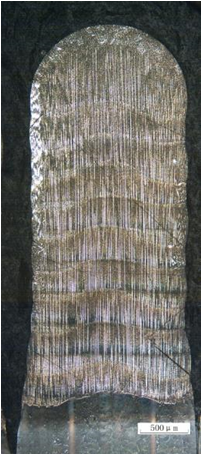
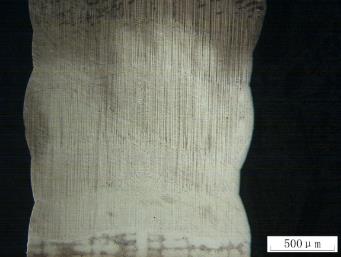
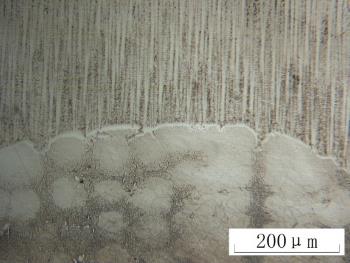
Through process exploration and research, metallographic analysis and summary have made many breakthroughs, including:
1. Achieve maximum single-pass cladding width of 2mm, continuous stacking up to 10mm height.
2. The thickness of the single layer can be adjusted within 0.5mm.
3. The amount of stray crystals on both sides is less than 10%.
4. The high-temperature tensile properties of the bonding interface at 800 ° C have reached> 90% of the substrate, and the strength of the cladding layer should not be lower than 90% of the substrate.
5. Single crystal blade blade tip extension adopts coaxial precision nozzle and cladding process developed by Hui Rui, and the amount of miscellaneous crystals is 5-10%. The process is stable and can be continuously extended to 10mm.



The picture shows the nickel-based superalloy epitaxial long bonding interface
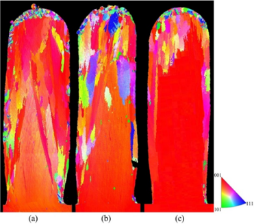
The EBSD pictures of the cladding cross-sections of 10 consecutive layers of single-crystal growth material obtained under 3 different processes, the color represents the crystal growth direction, and the red is the [001] direction consistent with the crystal direction of the substrate. Through process optimization, continuous cross-layer directional crystalline microstructures can be obtained as shown in the rightmost section. Feasibility verification is provided for the repair and forming process of single crystal alloy materials.

CONTACT US

HOTLINE
025-86756109

Follow us on Wechat





E-Mail:info@huirui-tech.com

Address:No1 Ruixin Road, Jiangning District, Nanjing, JiangSu, China
地址:南京市江宁区瑞鑫路1号
NANJING HUIRUI PHOTOELECTRIC TECHNOLOGY CO., LTD.
Driving freedom of manufactUring
COPYRIGHT © XX import and Export Trading Co., Ltd. copyright all Guangdong 苏ICP备17032011号
Landline:+86-25-86756108



